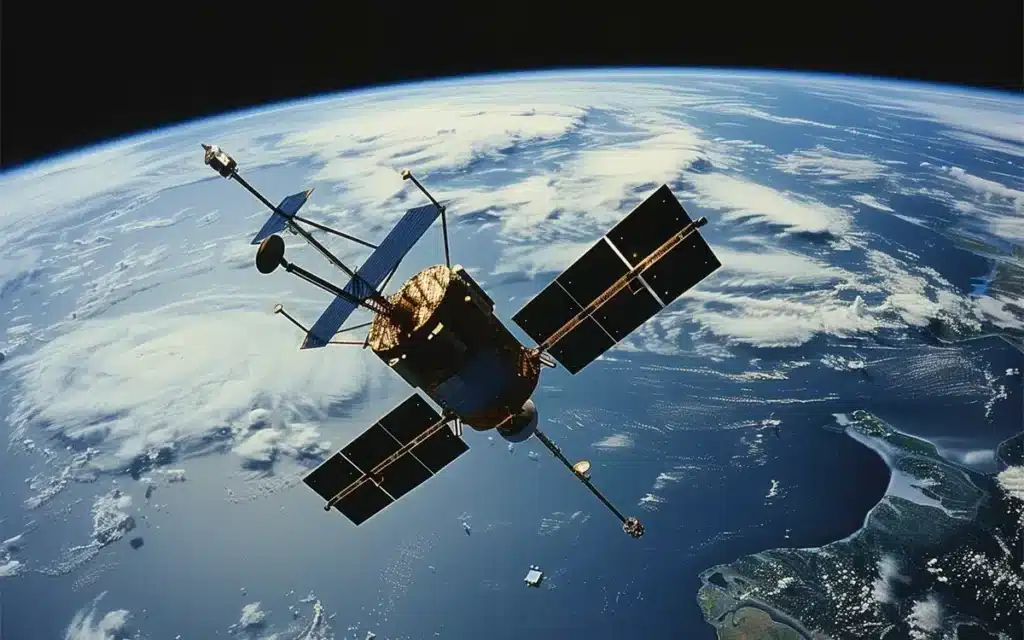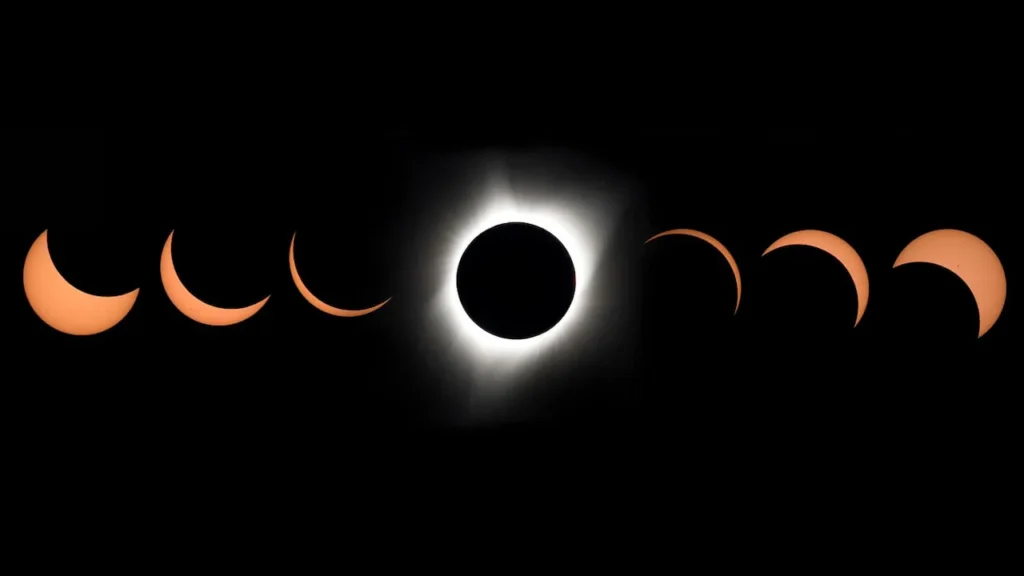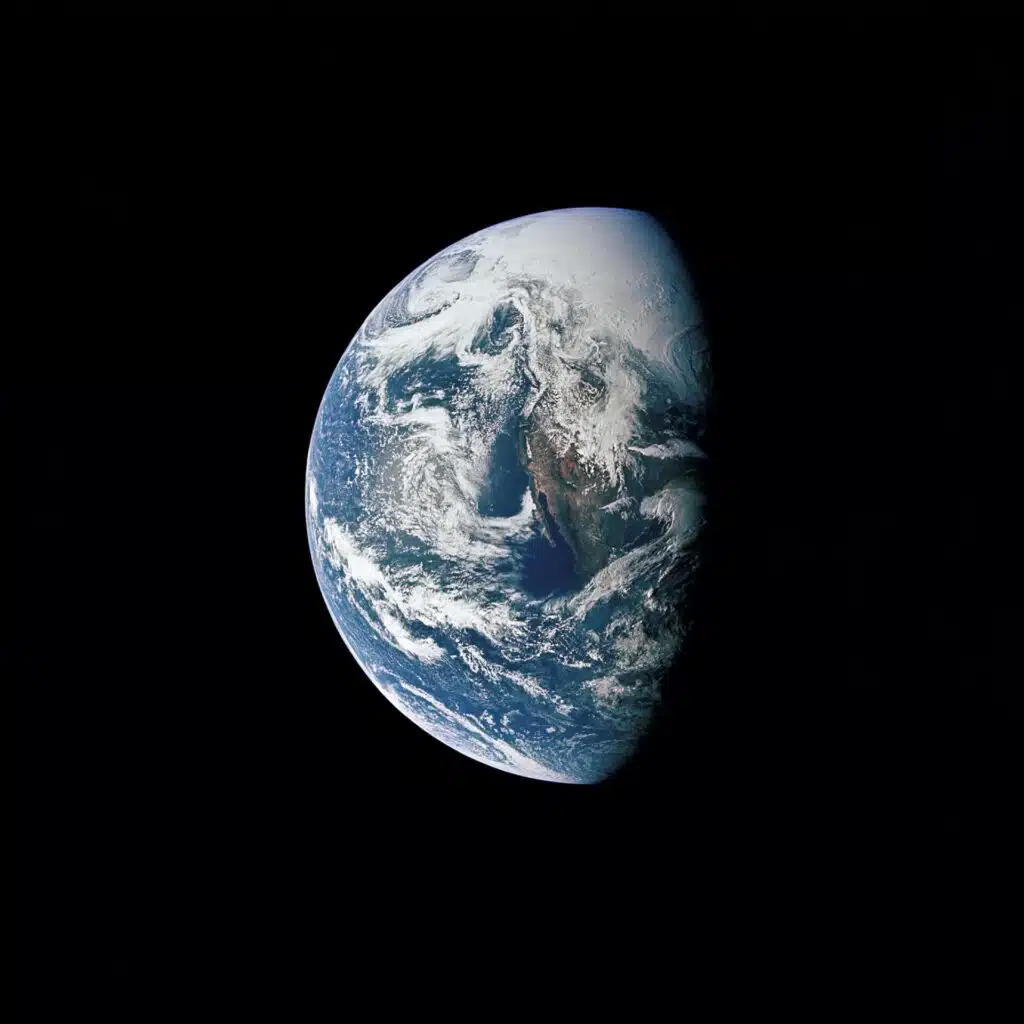European Space Agency built two satellites that fake solar eclipses on demand
Published on Jul 09, 2025 at 2:16 AM (UTC+4)
by Callum Tokody
Last updated on Jul 08, 2025 at 2:17 PM (UTC+4)
Edited by
Emma Matthews
The European Space Agency (ESA) has a new satellite system that creates fake solar eclipses to support research and improve space technology.
The mission, called Proba-3, uses two satellites flying in a tightly controlled formation.
One satellite blocks sunlight while the other captures images of the sun’s outer layer.
This process gives scientists a much clearer and longer view of the sun than ever before.
VISIT SBX CARS – View live supercar auctions powered by Supercar Blondie
How fake solar eclipses work in space
The Proba-3 satellite system includes two spacecraft flying 150 meters apart.
One, the lead satellite carries a circular disk that blocks the sun, casting a narrow shadow.
While the second satellite follows behind, using that shadow to take high-resolution images of the sun without being overwhelmed by its light.
Its effect is similar to a total solar eclipse, but one that can be controlled and repeated.
These fake solar eclipses occur roughly every 19.6 hours.

That’s far more frequent than natural eclipses on Earth, which only happen once or twice per year and can be hard to view.
Each artificial eclipse can last several hours, offering a longer observation window for scientists.
It allows for detailed study of the sun’s outer atmosphere, which is usually hidden behind the bright surface.

This breakthrough is also a major step forward for space technology.
Flying two satellites in perfect formation requires high-precision navigation and real-time adjustments.
ESA engineers developed new autonomous control systems to keep both spacecraft aligned at all times.
These advances reflect a growing focus on more agile and responsive space technology capable of supporting research, communications, and defense.
Why these eclipses matter so much in science research
Studying the sun’s outer layer helps researchers understand how solar storms form and spread.
These storms can damage satellites, interrupt communication networks, and even disrupt electricity grids on Earth.
By using fake solar eclipses, scientists now have a reliable way to watch for warning signs and study these events in more detail.
Natural solar eclipses are too rare and brief to provide consistent data.

Ground-based equipment often struggles with weather and atmospheric interference.
The Proba-3 satellite system removes these limits by offering a stable and repeatable method for solar observation.
It’s a direct example of how technology can support long-term scientific goals.
Creating fake solar eclipses with this level of control also shows how much satellite technology has progressed, and highlights how space-based science can improve safety, communication, and preparedness here on Earth.
As more missions adopt similar systems, the advancements made in space technology through Proba-3 will likely influence how we approach exploration, observation, and innovation for years to come.
Click the star icon next to supercarblondie.com in Google Search to stay ahead of the curve on the latest and greatest supercars, hypercars, and ground-breaking technology.
DISCOVER SBX CARS: The global premium car auction platform powered by Supercar Blondie
Callum Tokody is a content writer at Supercar Blondie, where he covers the latest in the automotive world with a focus on design and performance. With a background in automotive journalism, he has contributed to a range of publications in Australia and the UK. In addition to his writing, Callum also heads up PR and communications, helping to build and strengthen partnerships within the industry. Outside of work, he’s a design enthusiast with a soft spot for anything with a V8 and a good story.




